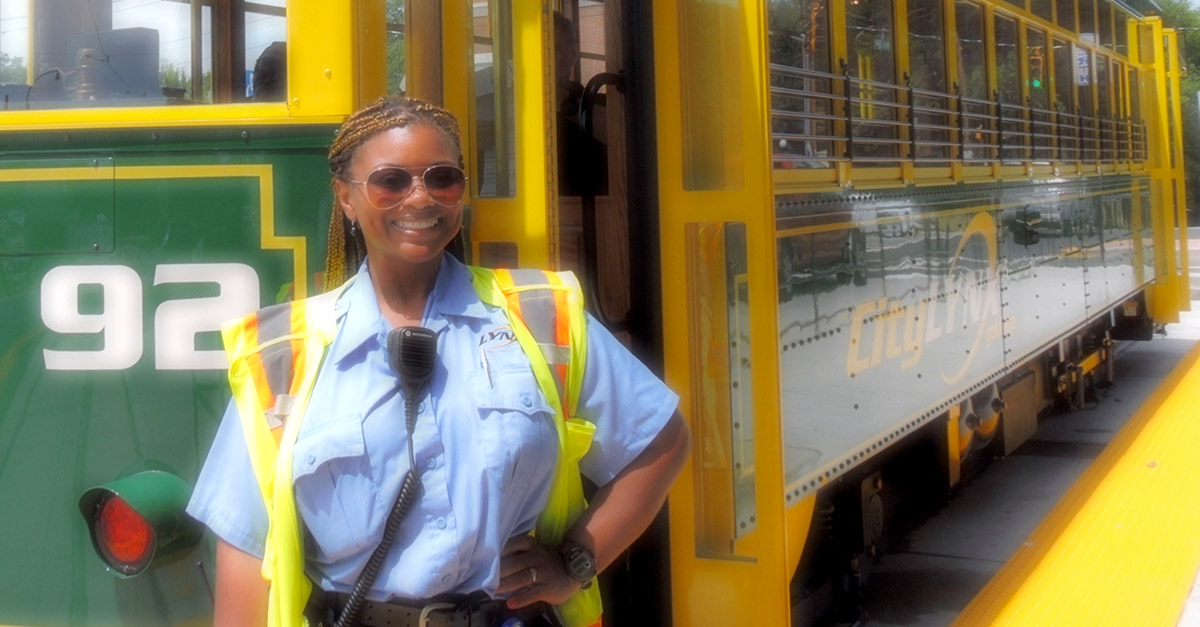
A society – any society – is defined as a set of mutual benefits and duties embodied most visibly in public institutions: public schools, public libraries, public transportation, public hospitals, public parks, public museums, public recreation, public universities, and so on.
– Robert Reich
Many years ago, trolleys were at the heart of Charlotte – they connected everything. Our grandparents took trolleys to work, to school, to shop, and to worship.
Trolleys joined our city with the new suburbs of Dilworth and Myers Park. Those neighborhoods prospered and are now among Charlotte’s best addresses. Those old decisions were wise.
Today’s trolleys will provide the same benefits for neighborhoods to the west and east of our core and will prove to be equally wise.
Eventually the route will travel west out Beatties Ford Road, to Rosa Parks and east via Hawthorne Lane and Central Avenue to Eastland.
The LYNX Gold Line’s future 10 miles will connect neighborhoods plus stimulate development, just as the 9.6 mile LYNX Blue Line that opened November 24, 2007 connected and stimulated South Blvd. It is amazing to witness the transformation along that corridor in eight years.
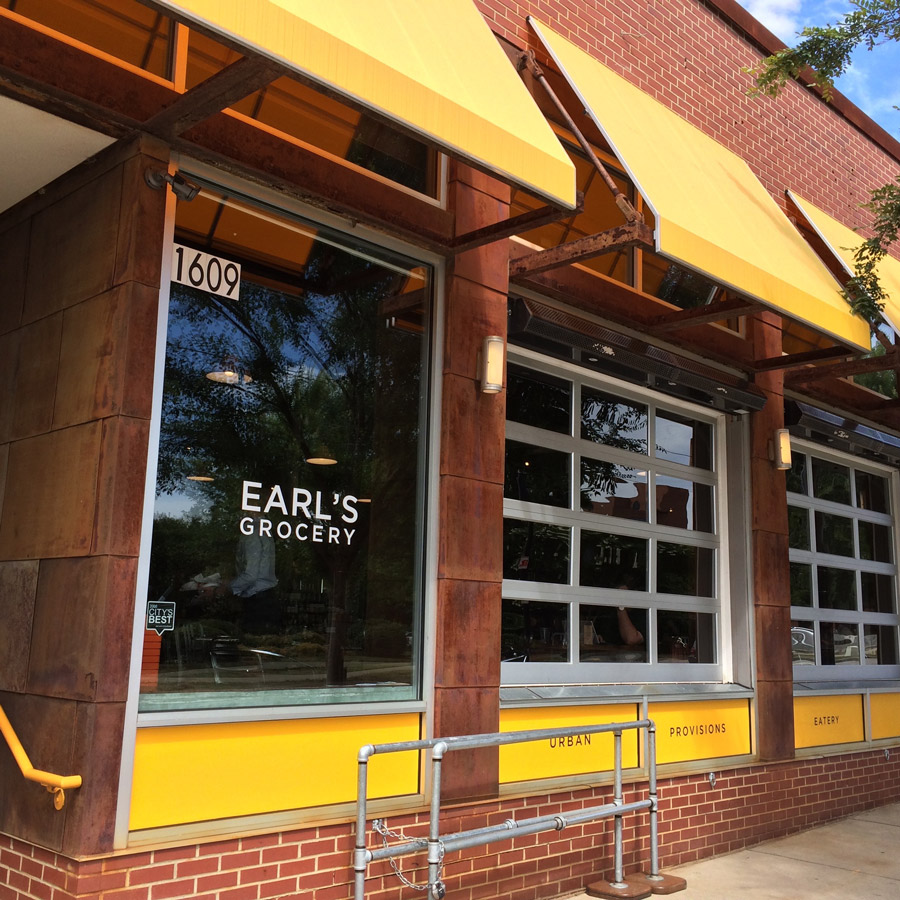
Fixed tracks helps development by giving investors the security of knowing the route will not shift. This is important when the business and home owners make their decisions.
Our new trolleys, made in Iowa, match No. 85, which last operated in Charlotte almost 80 years ago. But the similarity is only on their well crafted surface; underneath, at their core, these new cars boast the latest technology, plus handicap accessibility and air conditioning not found on old No. 85.
Our trolley’s style copies the look and feel of the many bungalows still seen in the neighborhoods the cars will serve. They both represent the dignity of human labor and emphasis on handwork over mass production, providing a balance with our modern glass towers and look-alike apartments so in favor with today’s developers.
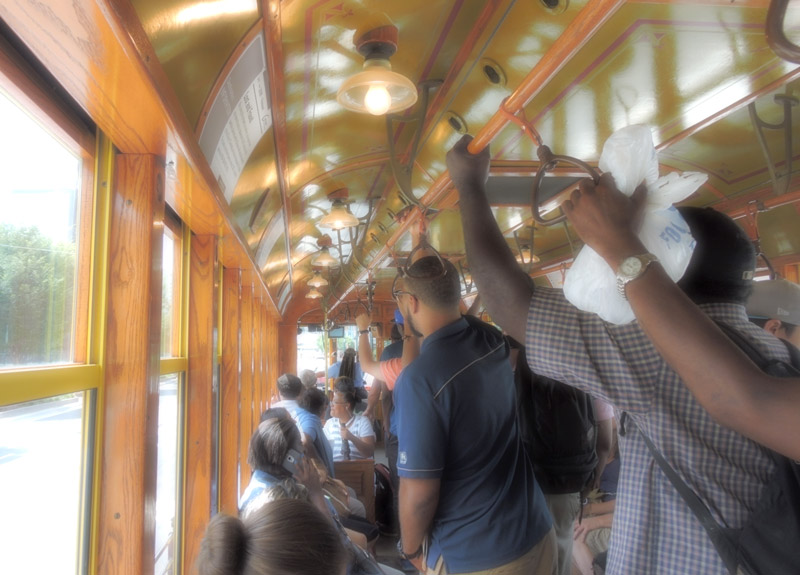
Trolleys returned to Charlotte on my birthday, July 14, 2015. I spend the afternoon riding with Randa (above) on her No. 92.
Randa is proud to be part of history in Charlotte. She worked hard to earn her job and is mindful of her riders and the traffic surrounding her car. Like so many of us – she is putting her drops in the bucket of life; going to work, to school, to shop, to worship – all in a responsible way.
Our public spaces need both public and private transportation. Pedestrians, cyclist, cars, busses, trolleys and trains all just need to get along.
Trolleys are a good choice for Charlotte.
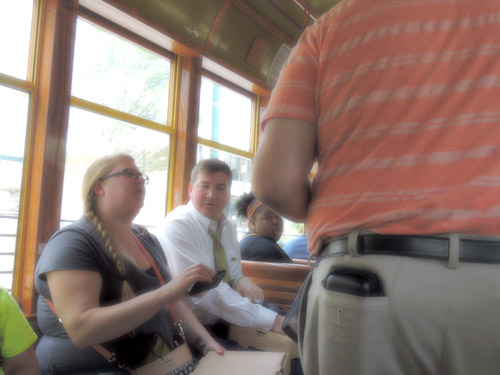
Besides, sitting next to a stranger and striking up a conversation may be how the universe plans to connect all of us someday.
There are some who criticize this vision – many of those same people scratched their head at the light rail years ago.
What do you think? Is this a good use of public money? Why or why not?
Have you ridden our new street cars?
Have you ridden street cars in other cities around the country or the world? Can you describe the value those systems add to their communities?
Why do other cities around the world use mass transit – high cost of gasoline – crowded highways? Other reasons?
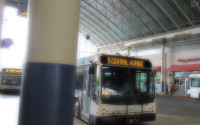
One last question, could you get home from uptown on a bus if you needed to?
As always, the conversation starts here.
“In the ordinary choices of every day we begin to change the direction of our lives.”
– Eknath Easwaran
Epilogue
Stockholm has it figured out …

This is so well done!
I love how you framed this issue and greatly appreciate the poignant point that the old school trolley style provides a great balance to our ever-increasing modern structures and development. I love the idea of public transportation improvements . . . so important to a vital city scene. Certainly, the financial side of the trolley equation warrants serious consideration, but these investments do yield important benefits, in my opinion, especially to the deserving but often overlooked east and west sides.
Bess –
Thank you for your thoughtful comment and for joining the conversation. Also, thanks for the above link to your blog, I will spend some time on it…
– Bruce
Excellent, Bruce! I’m forwarding!
Mary Lou – I am glad you enjoyed the story and thanks for forwarding it to your many followers. You have been so helpful in my practice of Yoga. I am thankful.
– your student, Bruce
Hi Bruce! How are you? I hope all is well with both you and Joyce. I’m so thrilled that you recently connected with my mom, Kittler. I really enjoyed this post. It gives the audience(at least me) a lot to think about. Honestly, as far as talking goes, I think it depends on the person. I believe I know the type of trolley’s you are referring to. I have never been to San Francisco. On the other hand, I have been to Salt Lake City, Utah. Given what I have seen VIA movies, The Salt Lake City commuter rail is… Read more »
Elizabeth, Thank you for your thoughtful comments. You raise a very real difference between the South and North; or maybe it is a big city vs. small town difference. In a city like Boston, one should be careful with too much eye contact and friendliness – it could be confusing to the other person. However, here in Charlotte, I am comfortable to make eye contact and say hello. Also, I am a white male and that carries certain privileges. My words in the story, “… sitting next to a stranger and striking up a conversation may be how the universe… Read more »
I agree with Bess! Love how you frame this. And belated happy birthday Bruce! Well, I bet ya know where I stand on this. If you can run, walk, bike, drive or take bus the same route, I just have to wonder…..could we have put those dollars to better use and still keep people moving? What about other needs? Affordable housing? Community safety? Neighborood Infrastructure? Light rail? Might need to meet you at Julia’s for some coffee on this one! 🙂
Amy, Thanks for joining the conversation. Yes, I have an idea of your opinion and that is at the central core of Choices Do Matter. As I say in the “Meet Bruce…” section of this site: “I have formed my opinions from my life experiences – others will have used their own life lens to arrive at their opinions. We each color our reality – opinions – from our life experiences. True ‘objective reality’ does not exist. “We need to talk to each other more. Not to shout, but to sit down over a virtual cup of tea or coffee… Read more »
Thanks Bruce. Honored to know you.
-Amy
Readers –
Dr. Tom Hanchett, staff historian at Levine Museum of the New South pointed out that Car 85 was put back in running condition on the South End line from 1996 to 2005. Thanks Dr. Hanchett for reading Trolleys Matter and adding to the story.
– Bruce
I have a “Charlotte Trolley” t-shirt but it is # 1!
Mary Lou –
That t-shirt will be a treasured keep-sake. Hold onto it.
– Bruce